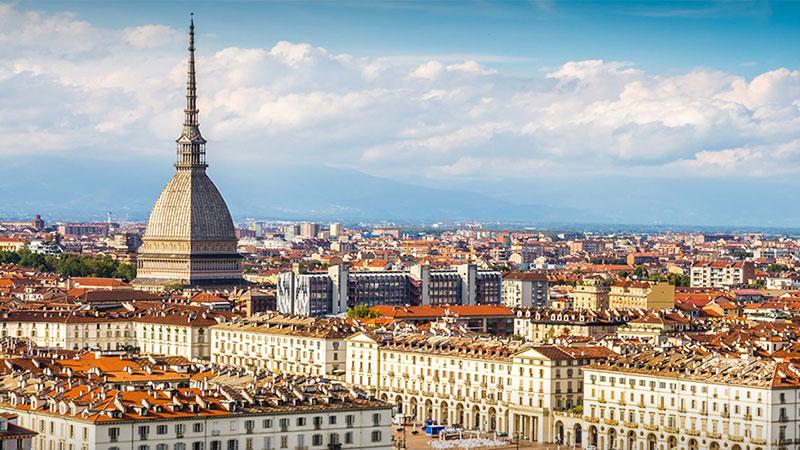Torino has always been a little “big” capital in Italy. Officially it’s believed that it was established in 27 B.C. with the Roman name Augusta Taurinorum.
After the fall of the Roman Empire, the town was conquered by the Lombards and afterward was ruled by many others dynasties till the end of the 13th century when it was annexed to the Duchy of Savoy.
Emmanuel Philibert made Torino the capital of the Duchy of Savoy in 1563 and his son Charles Emmanuel I began the major redesign of the city.
During the 19th century Torino was annexed by the French Empire till the fall of Napoleon when the Kingdom of Piedmont-Sardinia was restored with Torino as its capital.
In the following decades, the kingdom of Piedmont-Sardinia led the struggle towards the unification of Italy: in 1861 Torino became the capital of the newly proclaimed united Kingdom of Italy until 1865 when the capital was moved to Florence and then to Rome.
Some of the most iconic landmarks of the city were built in this period like the Mole Antonelliana and the Frejus Tunnel making Torino as important communication node between Italy and France.
The late 1800s and the beginning of 1900 were also a period of rapid industrialization, especially in the automotive sector: FIAT was established in the city, thanks to the intuition of Giovanni Agnelli, followed by Lancia. By this time Torino had grown at a rhythm of 9.000 persons per year.
In the postwar years, after experienced the great depression, Torino was rapidly rebuilt. The city’s automotive industry played a pivotal role in the “Italian economic miracle” of the 50s and 60s, attracting hundred of thousands of immigrants, particularly from the rural southern regions of Italy.
The population soon reached 1 million in 1960 and peaked at almost 1.2 million in 1971. In the 1970s and 1980s, the oil and automotive industry crisis severely hit the city, and its population began to sharply decline, losing more than one-fourth of its total in 30 years. The long population decline of the city has begun to reverse itself only in recent years.
Torino is the italian city with largest amount of public park areas: gently resting at the food of the lush hillside and encircled by the winding course of the River Po and its tributaris, with 320 km of tree-lined avenues and numerous parks in and out of town, the city forms a wonderful whole with the surronding areas.
A very extensive network of trails and paths meanders within the Po River Park and the Nature Park of the Torino Hills, dedicated to bikers, joggers or just walkers. There is an exiting possibility of riding the large river in a canoe, discovering the city from a different viewpoint and the relaxing to walk, cycle or even to rest among the colours of Valentino Park in the shade of the 18th century castle.
Dora park, created where at one time there were heavy industry factories, is an area of 450.000 square meters of green dedicated to sport and relaxing.
Just a very few kilometres from the centre you can take a carriage ride through the La Mandria Nature Park where numerous species of wild animals freely roam through the extensive glades, ancient trees, flowery meadows and gol courses where the most prestigious and international tournaments are held.
The Olympic Winter Games of 2006 resulted in a legacy of groundbreaking sports and entertainment facilities: from the Palavela to Palaompico, the Oval Lingotto, the Municipal Swimmin Pool and the Monumentale Stadium for aquatics, the Olympian Stadium whichh is "home" for Torino Football Club, the successors to an invincible football team of 1940's. The other half of the city, wearing the black and white livery, supports Italia's most successful team with the highest number of fans in the brand new Juventus Stadium, to be discovered by specific guided tours.
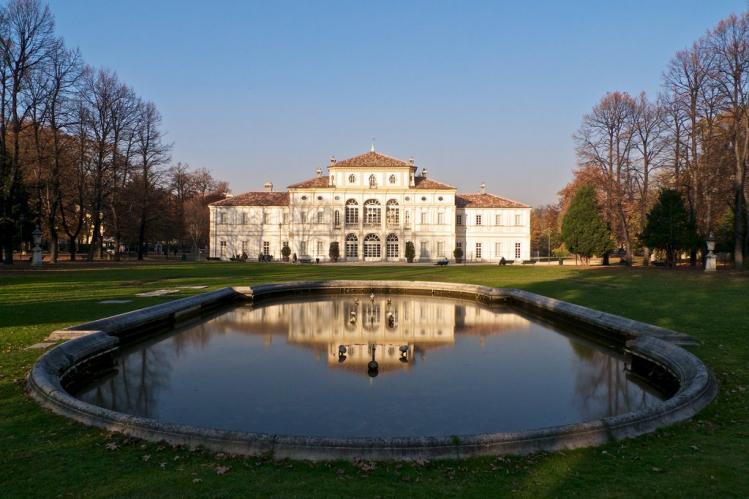
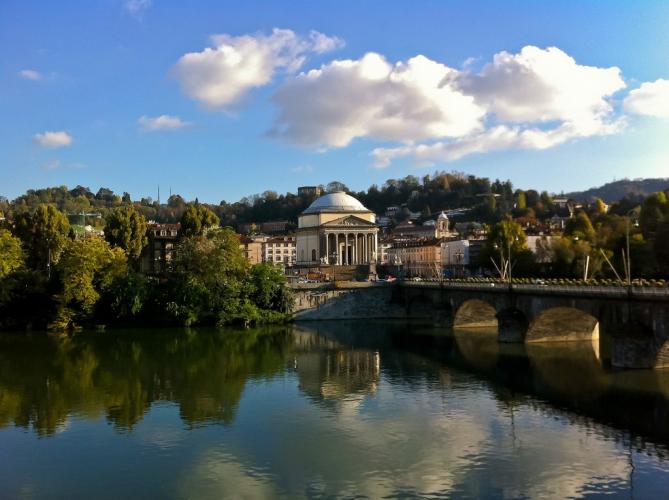
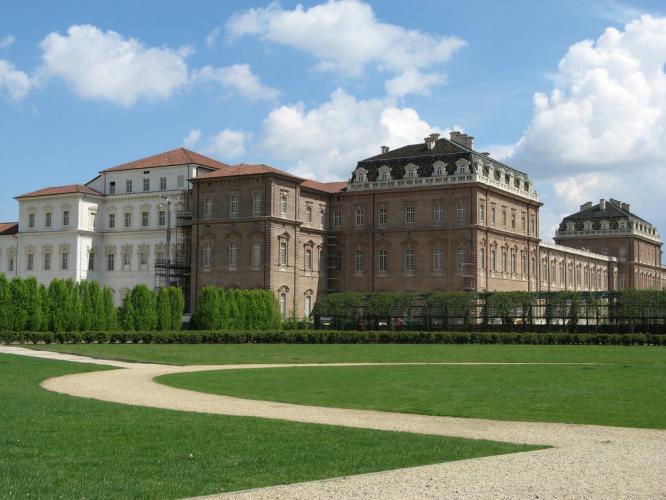
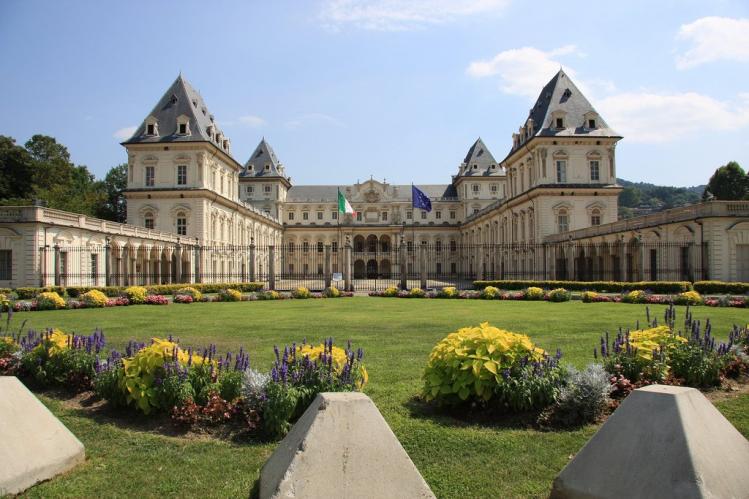
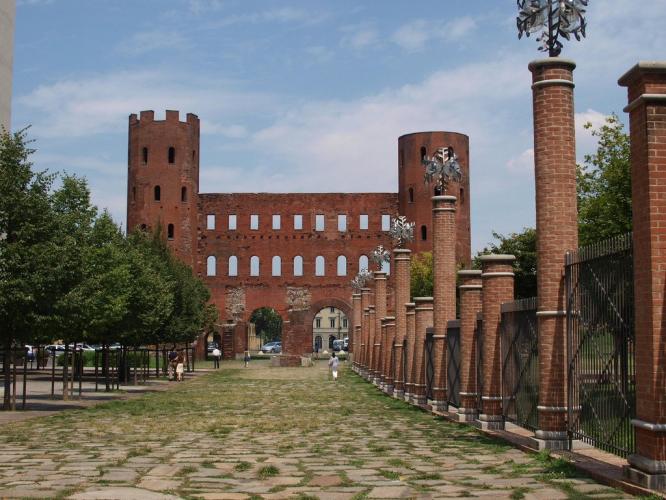
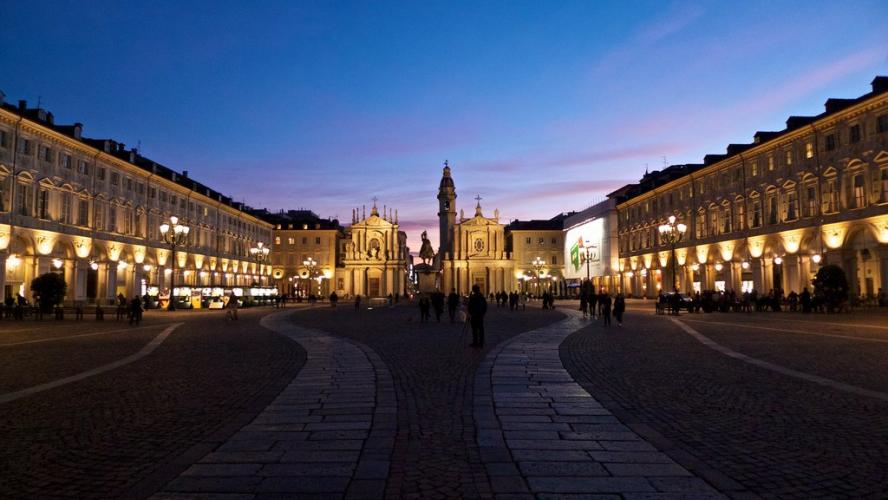
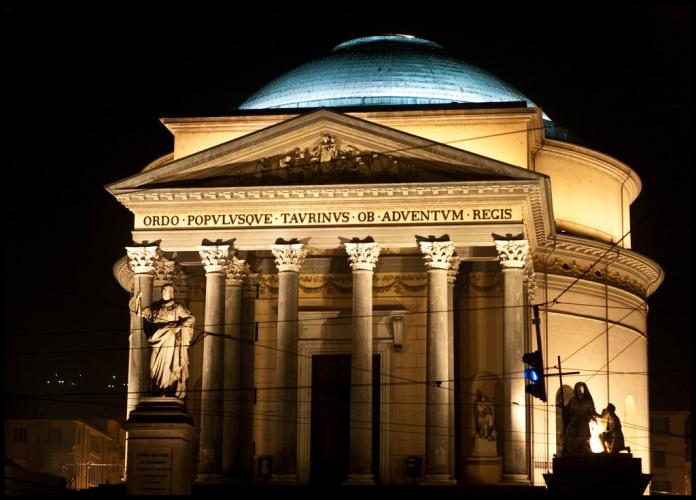
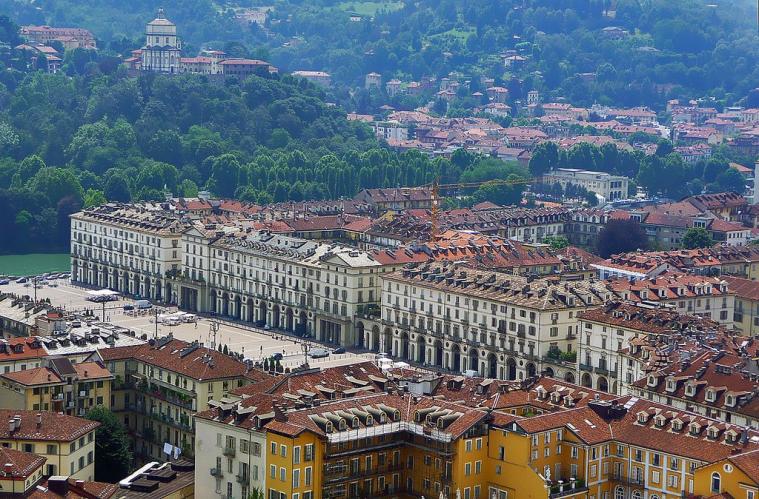
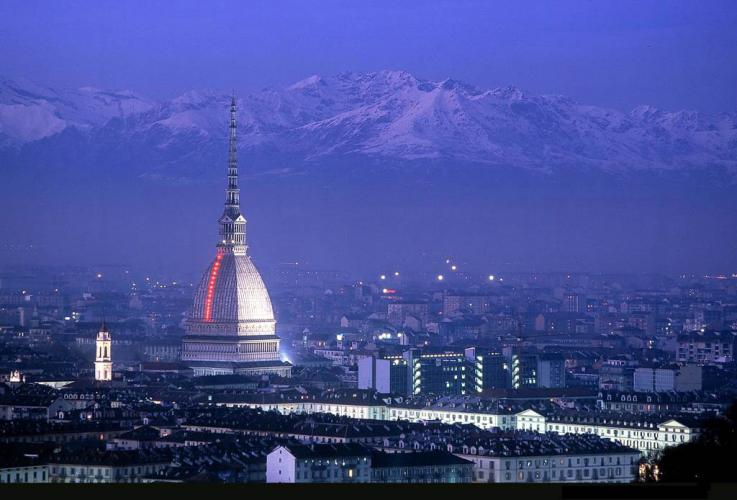
Torino, natural crossroads of the surrounding valleys, can easily be reached by any method and from any place, and it’s the ideal base for speedily getting to all the tourist spots of the province in the comfort of vehicles and public transport.
Torino can be reached by train from all the main Italian stations and more. Lyons, Paris, and, of course, all the Swiss, Austrian, German and East European are some of the destinations that require just one change of train. Every day hundreds of thousands of travellers arrive and leave from Torino, almost 200.000 just at the Porta Nuova station, Italy’s third station by passenger volume. Next down is Porta Susa station, which has been refurbished to make it the city’s main station for domestic and international travel. A drive towards innovation has been made by the arrival of High Speed trains, inaugurated in 2006: Frecciarossa trains connects Torino with Milan-Bologna-Rome-Naples-Salerno; Italo’s High Speed train service connects Torino to Salerno with stops in Milan, Bologna, Florence, Rome and Naples.
Connection are available also to Val Susa, Canavese, Lanzo Valleys, Pinerolese, Val Pellice and the hills of Chieri, in the province of Torino. Railways reach almost everywhere, so you can leave your car at home and travel in full relaxation.
The Torino International Airport is one of the most important resources for Torino’s communications and the main point of access for those coming from within Italy or abroad. A restyling in 2005 sets the airport as one of the Europe’s most advanced. As well as the main Italian cities, the range of departures includes the UK, Ireland, France, Germany, Spain, Belgium, Rumania, Turkey, Portugal, Malta and Morocco.
The city is easily reachable by car using the fast-flowing motorway feeder road connected to the North Ring Road (Tangenziale Nord), and by public transport on Sadem buses or by the GTT train.


